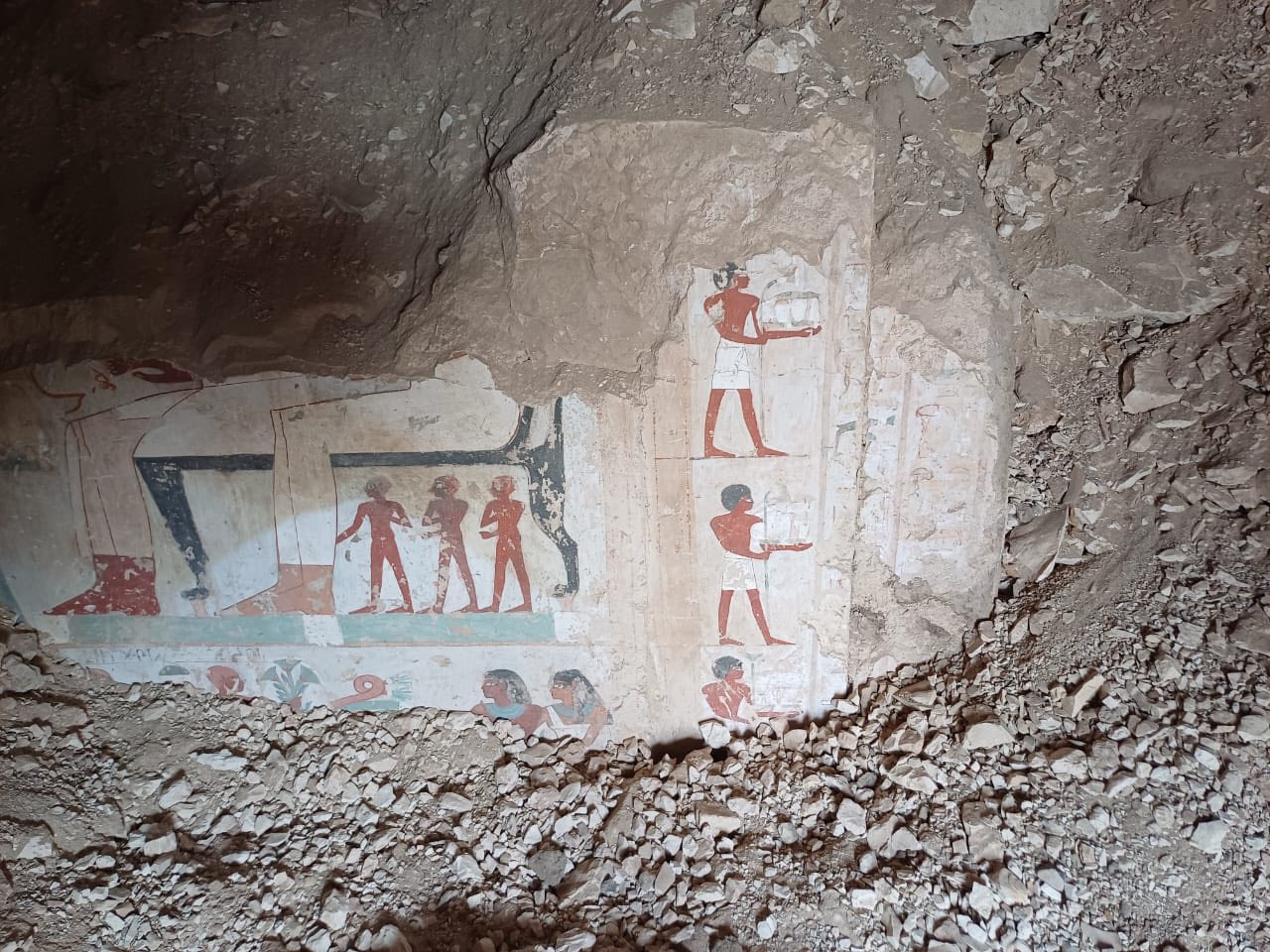3,500-Year-Old Tombs of High-Ranking Officials Discovered in Luxor, Egypt
Source: GreekReporter.com

Archaeologists in Egypt have uncovered three tombs estimated to be around 3,500 years old at the Dra Abu el-Naga burial site in Luxor. The tombs belonged to high-ranking officials who once served in temples and local administration.
They date back to the New Kingdom period, one of ancient Egypt’s most powerful eras. Experts say the discovery adds to growing knowledge of how Egypt’s elite lived and were buried during this time.
Officials hail cultural and tourism boost
Egypt’s Minister of Tourism and Antiquities, Sherif Fathy, said the find was “a significant scientific and cultural accomplishment that strengthens Egypt’s status on the global cultural tourism map.”

He said it not only deepens historical knowledge but also strengthens Egypt’s position as a major destination for cultural tourism.
Fathy explained these tombs are more than places of burial—they help us understand the lives, beliefs, and social roles of key figures.
Inscriptions help identify tomb owners
Mohamed Ismail Khaled, secretary-general of the Supreme Council of Antiquities, confirmed the tombs date to the New Kingdom. He said inscriptions found on the walls and artifacts inside helped identify those buried.

Khaled called for continued work at the site, including cleaning and documentation, to help researchers learn more about the individuals and their roles in ancient Egyptian society.
Officials served in religious and government roles
One of the tombs belonged to Amun-Em-Ipet, who served at an estate connected to the god Amun during the Ramesside period. Though much of the decoration is damaged, some wall scenes remain. These include images of offerings, funerary furniture, and a banquet.

The second tomb belonged to Baki, a supervisor of grain storage. The third tomb was for a man named ES, who held several important titles, including governor of the northern oases, supervisor of the Temple of Amun in remote areas, and scribe.
Both men are believed to have played key roles in religion and regional leadership.
Tomb designs reflect burial traditions of the time
Abdel-Ghaffar Wajdi, director general of Luxor antiquities and head of the excavation team, shared architectural details of the tombs. He said Amun-Em-Ipet’s tomb has a small courtyard, a square hall, and a niche. A later modification added a second hall behind the original space.

Baki’s tomb includes a long, narrow yard leading to another courtyard and a main entrance. Inside are two halls ending in an unfinished chapel with a burial shaft. ES’s tomb features a courtyard with a shaft, an entrance hall, and rooms that were never fully completed.
Find adds to wave of recent discoveries
Khaled noted that this discovery is part of a broader revival in Egypt’s archaeological field. “The newly discovered tombs promise to yield valuable information on the social, administrative, and religious landscape of ancient Egypt,” he said.
Khaled noted that this discovery is part of a broader revival in Egypt’s archaeological field. As excavation continues, the officials’ tombs in Luxor should help reveal more about the social, religious, and administrative systems that shaped ancient Egyptian life.
The original article: belongs to GreekReporter.com .
